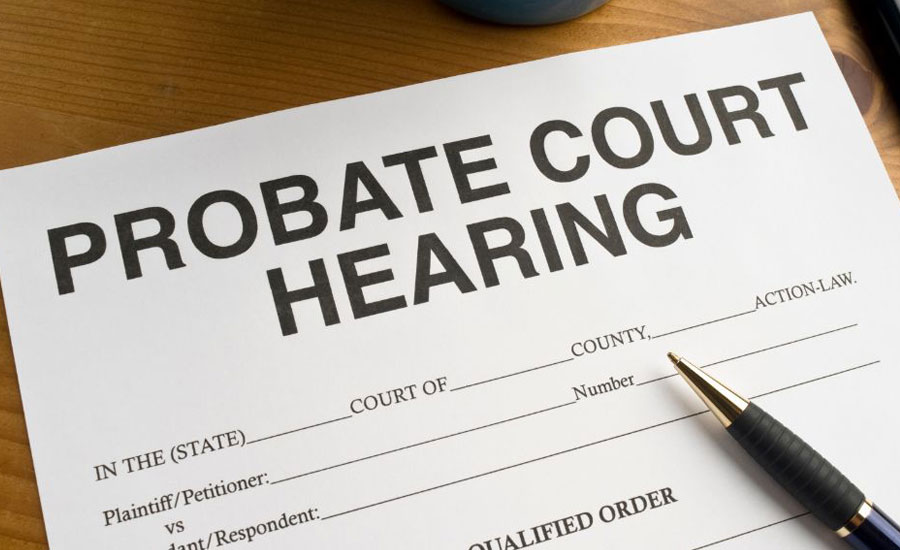- September 6, 2023
- Posted by: Sadi
- Category: Uncategorized

Probate is a legal procedure that occurs after someone passes away. It involves the court-supervised distribution of the deceased person’s assets, resolution of debts and claims, and the transfer of property to beneficiaries or heirs. Understanding the probate process in California is essential for individuals who may be involved in administering an estate or those who want to plan their estates to minimize the impact. This article spotlights the aspects of the probate process in California.
Initiating Probate
The probate process begins with filing a probate petition in the California Superior Court. This petition can be filed by an interested party, such as an executor named in the decedent’s will, or by an individual seeking to be appointed as the estate administrator if there is no will. Once the petition is accepted, the court will schedule a hearing and provide notice to heirs, beneficiaries, and creditors.
Appointment of Personal Representative
The court will appoint a personal representative, also known as the executor (if named in the will) or administrator (if there is no will), to manage the estate. The personal representative is responsible for collecting, managing, and distributing assets, along with paying debts and taxes on behalf of the deceased.
Inventory and Appraisal of Assets
One of the initial tasks of the personal representative is to prepare an inventory and assessment of the deceased person’s assets. It includes real estate, bank accounts, investments, personal property, and other assets. Valuing the estate is crucial for determining estate taxes and handling creditors’ claims.
Sale of Estate Property
Sometimes, there might be a requirement to sell the estate property to pay off debts or distribute assets. This sell-off may require court approval. Personal property, such as vehicles or personal possessions, can also be sold to cover estate expenses.
Distribution of Assets
Distribution of the assets takes place according to the decedent’s will. If there is no will (intestacy), it gets distributed according to California’s laws of intestate succession. Priority is typically given to payment of debts, taxes, and administration expenses before beneficiaries and heirs receive their inheritances. If there are disputes over the distribution of assets, the court may need to resolve them.
Closing the Estate
The personal representative must provide a final accounting to the court to close the estate. They must also provide details of all financial transactions related to the estate. Once the court approves the accounting, the remaining assets can be distributed to beneficiaries and heirs. After this step, the court will issue an order closing the probate case.
Conclusion and Estate Planning
Understanding the probate process in California can help individuals plan their estates more effectively. To minimize the impact, many people create living trusts, designate beneficiaries on accounts and insurance policies, or use joint ownership arrangements. Proper estate planning can help in the smooth transfer of assets to heirs and beneficiaries. It can also save on the time and expense.
The probate process in California is a court-supervised procedure for settling the estates of deceased individuals. It can also be a complex and time-consuming process. But, with careful planning and legal guidance, individuals can navigate it more efficiently or even avoid it through effective estate planning strategies.
